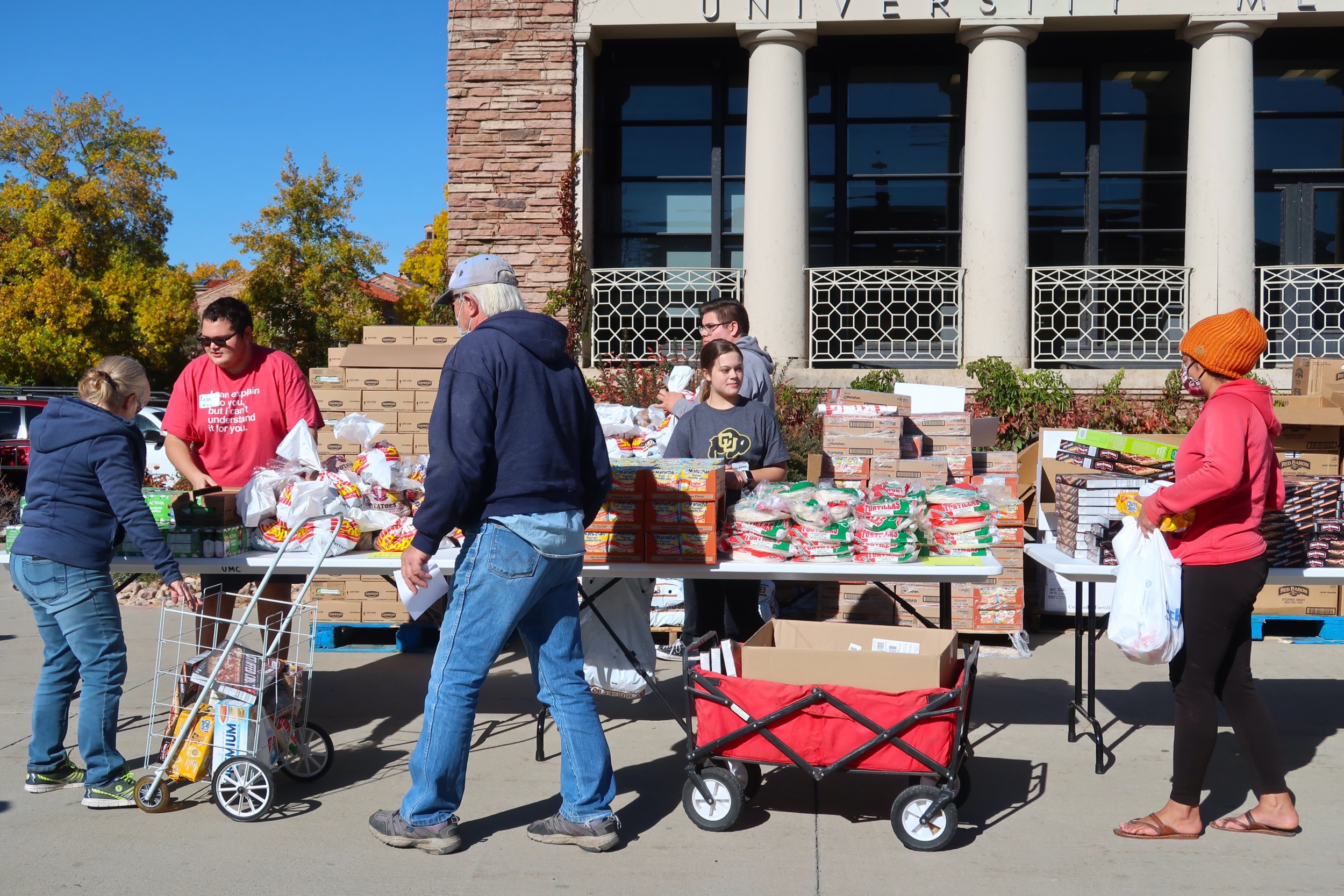The federal government’s flood of billions of dollars in pandemic relief aid in 2021 — including expanded Child Tax Credit, stimulus checks, and unemployment insurance — helped lift millions of families out of poverty. That same year, child poverty declined in half to 5.2% — the lowest on record since 2011, according to the Supplemental Poverty Measure, which takes into account additional expenses and government assistance programs not considered in the official poverty rate.
The extra $750 per month Taniquewa Brewster and her family of five children received from the Child Tax Credit allowed them to stay afloat financially in Austin, Texas, even amidst uncertainty and rising prices during the pandemic.
“It really did help me and my family a lot,” said Brewster, who also benefited from other pandemic support, including stimulus checks and increased food assistance through Supplemental Nutrition Assistance Program (SNAP).
But the decline in child poverty was short-lived. The following year, after many of the American Rescue Plan Act pandemic programs expired, the poverty rate rebounded above 10%, close to the pre-COVID level.
A Census report released in September determined that the poverty rate more than doubled from 5.2% to 12.4% in 2022. The reason, in part, according to the report, was because billions of dollars in aid for families ended.
“It’s not at all surprising that the poverty level picked back up,” said Christina Gibson-Davis, professor at the Sanford School of Public Policy at Duke University.
Federal pandemic aid packages made a huge investment toward helping families and children weather the troubles of the pandemic, she said, and now that they’re gone, the poverty rate jumped back to the status quo.
For families who benefited most, that can mean a slide back into poverty.
“I’m a single mother of five,” Brewster said, adding that without those pandemic programs “it has definitely been harder without that extra income.”
Miguel and Margaret Rubiera, who run Emanuel Food Pantry in Durham, North Carolina, aren’t keeping tabs on the poverty rate’s rise and fall, but they know what child poverty is — they see it every day.
When Margaret Rubiera thinks of child poverty, she sees the embarrassed faces of teenagers sitting in the car as their parents pull into the food bank parking lot and pop the trunk; it’s also the faces of little kids who jump up and down in their seats when they see all the food.
“If we happen to have something appealing to kids, like a cake, they go all to pieces,” Margaret Rubiera said. “What a difference this is making in their lives. And that keeps us going.”
During the pandemic the number of people served by the food pantry exploded from 69 people to 500 families. That number continues to increase, and today the pantry provides groceries to about 700 families, many of whom are undocumented and therefore could not benefited from pandemic relief aid.
For some researchers and child advocates, the increase in child poverty signals a missed opportunity for social welfare reform.
“The expiration of these programs reverses the progress of the last two years,” wrote researchers Dana Thomson and Renee Ryberg in a recent Child Trends blog post.
To some, the abrupt 180-degree turn of the child poverty rate was evidence that a large infusion of money could in fact lift families out of poverty.
“It does suggest, if we really wanted to move the needle on poverty, it would be really expensive, and take the federal government,” Gibson-Davis said.
A similar example is how Social Security plays a significant role in preventing poverty for millions of older people. But while society mostly agreed that the elderly fulfilled their social contract, child poverty is more politically fraught, as “kids are attached to parents and parents make choices,” Gibson-Davis said.
Reducing child poverty would take “a lot of political will, which was there during the pandemic but not today,” Gibson-Davis said.
***
Brian Rinker is a Pennsylvania-based journalist who covers public health, child welfare, digital health, startups and venture capital.




























